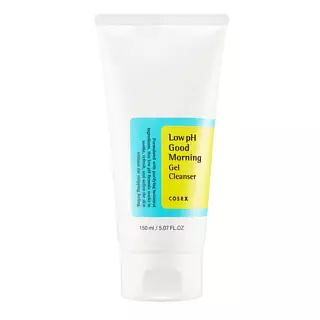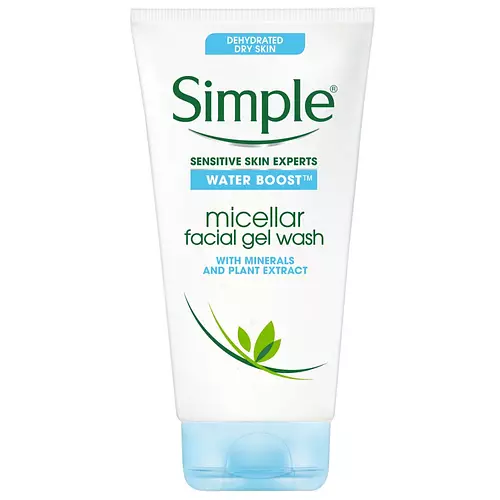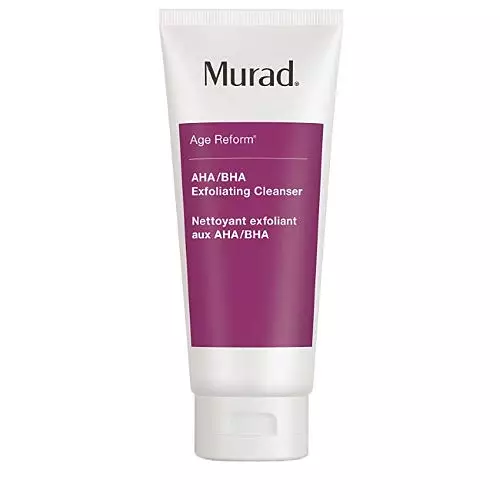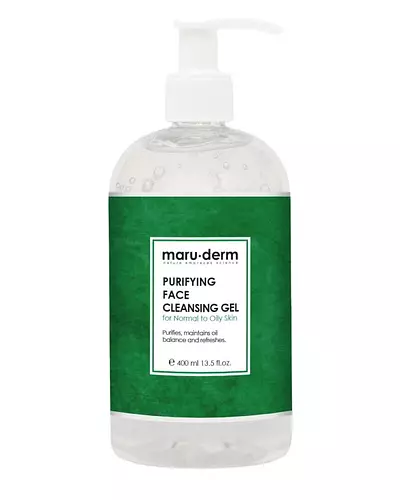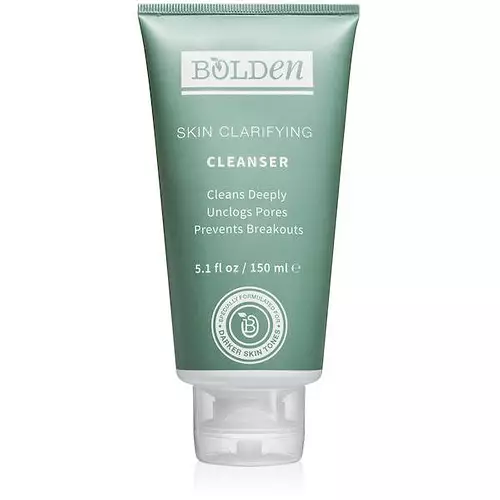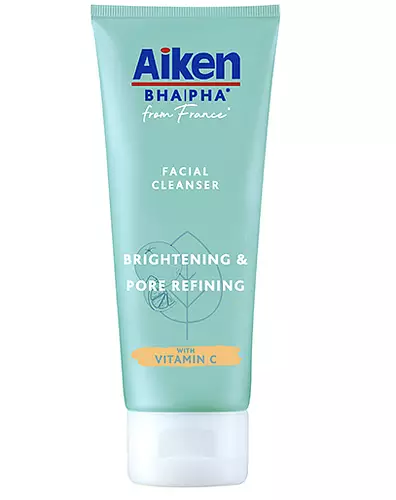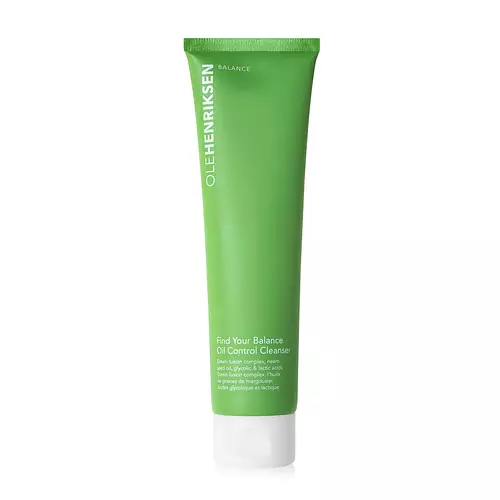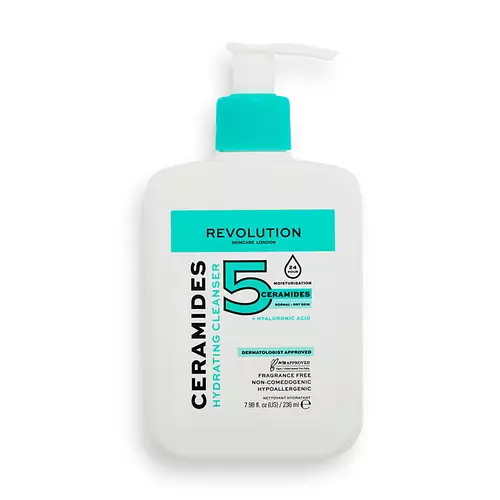Updated on June 07, 2024
Overview
What they are
These products are both face cleansers. They have a total of 4 ingredients in common
Suited For
They're both likely to be good for sensitive skin, oily skin and reducing pores
Free From
They both do not contain any harsh alcohols, common allergens, silicones or sulfates
We independently verify ingredients, and our claims are backed by peer-reviewed research. Spot a product that needs an update? Let us know.
Ingredient Info
CeraVe Foaming Facial Cleanser 24 ingredients
COSRX Low pH Good Morning Gel Cleanser 25 ingredients
At a glance
Click on any of the items below to learn more
CeraVe Foaming Facial Cleanser 24 ingredients
COSRX Low pH Good Morning Gel Cleanser 25 ingredients
Notable Ingredients
This product contains 1 ingredient that may have this attribute:
This product contains 3 ingredients that may have this attribute:
This product contains 1 ingredient that may have this attribute:
Benefits
This product contains 5 ingredients that may have this attribute:
This product contains 1 ingredient that may have this attribute:
This product contains 5 ingredients that may have this attribute:
This product contains 3 ingredients that may have this attribute:
This product contains 1 ingredient that may have this attribute:
This product contains 3 ingredients that may have this attribute:
This product contains 1 ingredient that may have this attribute:
This product contains 1 ingredient that may have this attribute:
This product contains 2 ingredients that may have this attribute:
Concerns
This product contains 2 ingredients that may have this attribute:
This product contains 1 ingredient that may have this attribute:
This product contains 1 ingredient that may have this attribute:
This product contains 2 ingredients that may have this attribute:
Notable Ingredients
This product contains 1 ingredient that may have this attribute:
Benefits
This product contains 3 ingredients that may have this attribute:
This product contains 1 ingredient that may have this attribute:
This product contains 1 ingredient that may have this attribute:
This product contains 1 ingredient that may have this attribute:
This product contains 1 ingredient that may have this attribute:
Concerns
This product contains 1 ingredient that may have this attribute:
This product contains 1 ingredient that may have this attribute:
This product contains 2 ingredients that may have this attribute:
This product contains 1 ingredient that may have this attribute:
Ingredients Side-by-side
Ingredients Explained
These ingredients are found in both products.
Ingredients higher up in an ingredient list are typically present in a larger amount.
Water. It's the most common cosmetic ingredient of all. You'll usually see it at the top of ingredient lists, meaning that it makes up the largest part of the product.
So why is it so popular? Water most often acts as a solvent - this means that it helps dissolve other ingredients into the formulation.
You'll also recognize water as that liquid we all need to stay alive. Talk about multi-purpose! If you see this, drink a glass of water. Stay hydrated!
Learn more about WaterChances are, you eat sodium chloride every day. Sodium Chloride is also known as table salt.
This ingredient has many purposes in skincare: thickener, emulsifier, and exfoliator.
You'll most likely find this ingredient in cleansers where it is used to create a gel-like texture. As an emulsifier, it also prevents ingredients from separating.
There is much debate on whether this ingredient is comedogenic. The short answer - comedogenic ratings don't tell the whole story. Learn more about comegodenic ratings here.
The concensus about this ingredient causing acne seems to be divided. Research is needed to understand if this ingredient does cause acne.
Scrubs may use salt as the primary exfoliating ingredient.
Learn more about Sodium ChlorideDisodium EDTA plays a role in making products more stable by aiding other preservatives.
It is a chelating agent, meaning it neutralizes metal ions that may be found in a product.
Disodium EDTA is a salt of edetic acid and is found to be safe in cosmetic ingredients.
Learn more about Disodium EDTACitric Acid is an AHA derived from citrus fruits (think oranges, lemons, and limes!).
If you spot Citric Acid near the end of an ingredient list, it's likely there as a pH adjuster rather than an active ingredient.
As an AHA, Citric Acid removes the top layer of skin cells from the newer layer of skin underneath. This helps skin to remove dark spots and look more even.
Read more about some other popular AHA's here:
Learn more about Citric AcidIngredient Ratings
Here's what our community thinks of the ingredients in these two products.
When to use
CeraVe Foaming Facial Cleanser 24 ingredients
COSRX Low pH Good Morning Gel Cleanser 25 ingredients


Reviews
Here's what our community thinks
CeraVe Foaming Facial Cleanser 24 ingredients
flower_agate11
best cleanser out there!
this cleanser has never failed me. i've been using it for nearly 2 years and it always manages to cleanse the deepest...
best cleanser out there!
this cleanser has never failed me. i've been using it for nearly 2 years and it always manages to cleanse the deepest parts of my pores always leaving clean skin ready for my day or night!
sarahabma
Gentle and effective
So good for my acne prone skin. Of course, this is not the only product I use to clear and prevent ance, but it has been a...
Gentle and effective
So good for my acne prone skin. Of course, this is not the only product I use to clear and prevent ance, but it has been a helpful addition.
Not harsh enough to irritate on its own, but if you have sensitive skin it may become irritated if you follow this cleanser with acids/retinoids.
COSRX Low pH Good Morning Gel Cleanser 25 ingredients
Roseblushbliss
You will find better things out there.
This wasn’t completely destructive to my skin back in my late teens (dehydrated oily-combo skin with...
You will find better things out there.
This wasn’t completely destructive to my skin back in my late teens (dehydrated oily-combo skin with hormonal acne I assume) but there’s a reason why I only aimed to finish my tube of this. Doesn’t cleanse very deeply so I felt I needed to use more product (I was oily, sweaty, and in a very place with very polluted air), and tends to leave me more dry after use. I think I remember it being mildly stinging and irritating, leaving my skin feel more raw afterwards rather than just refreshed and clean. May have also left a residue after washing.
Just, please look for something else. You can find something better, even for a lower price point.
katrina1
works great on my oily skin, cleanses while not being stripping, so it doesn’t leave my skin feeling tight. 10/10 :)

